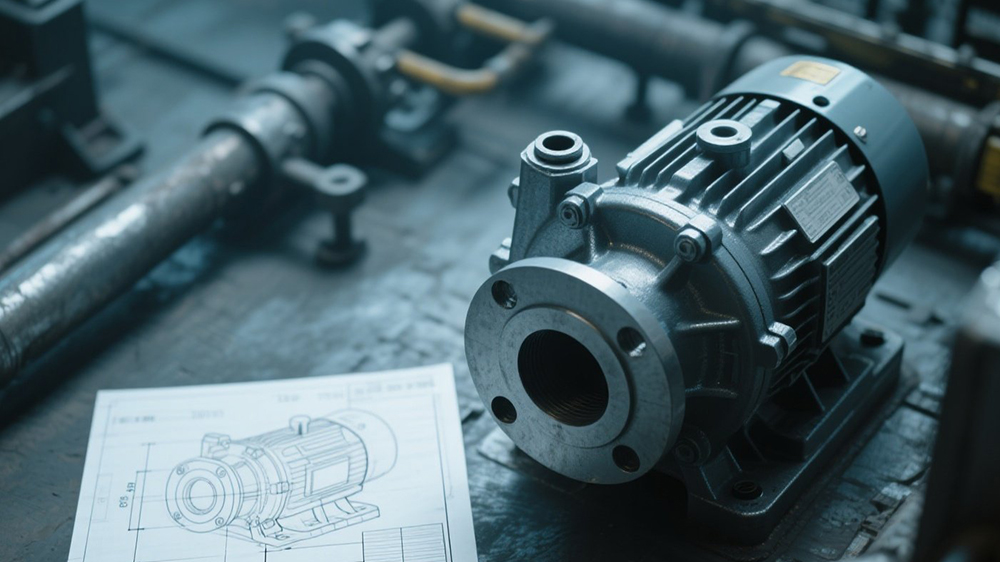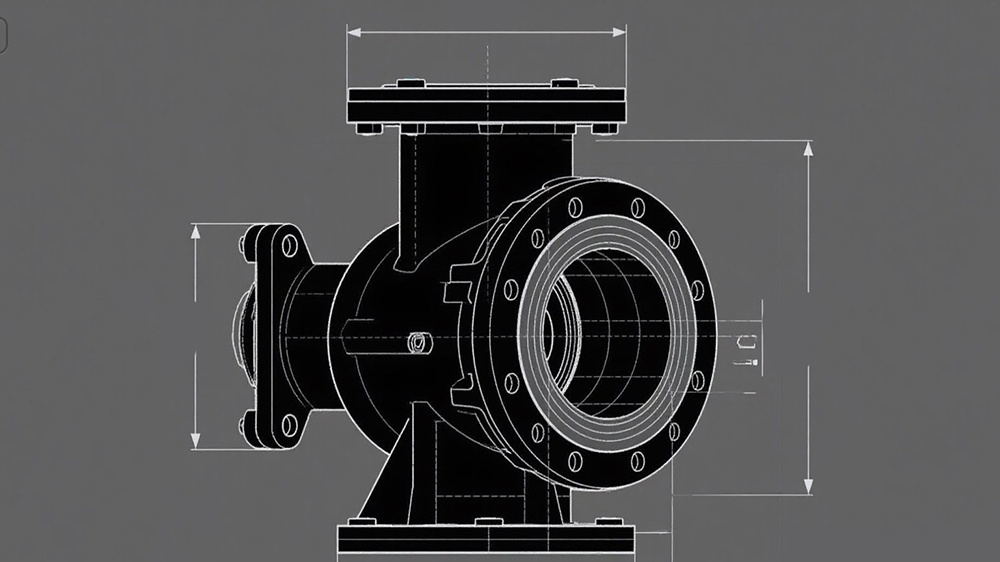+86 13816508465
Pump Knowledge
May. 22, 2025

Choosing the right size water pump isn't just about getting water from point A to point B. It's about ensuring that your entire system runs smoothly, efficiently, and for the long haul. Yet, many homeowners, farmers, contractors, and facility managers make pump sizing mistakes that lead to costly, frustrating problems. But what does “pump sizing” even mean, and why does it matter?
This post will explore the consequences of choosing a pump that's either too small or too big, the common symptoms of sizing errors, and how to select the perfect water pump for your needs. If you've been searching for a water pump selection guide or wondering how to avoid water pump performance issues, keep reading—we've got you covered.
Why Pump Sizing Matters
What is pump sizing?
Pump sizing refers to selecting a pump that matches the requirements of your system, including flow rate (measured in gallons per minute or GPM) and head pressure (measured in feet or meters). Getting this right is crucial for several reasons:
· Performance: An improperly sized pump can leave you with low water pressure or insufficient flow, which could disrupt daily activities or render your system ineffective.
· Energy Efficiency: A pump that’s too big or too small will consume more energy than necessary, driving up costs and reducing efficiency.
· Durability: Mismatched pumps wear out faster, leading to premature failures and costly repairs or replacements.
Common use cases for water pumps include home water supply, agricultural irrigation, commercial buildings, and HVAC systems. Each has unique requirements, and a mismatch can lead to different issues.
Now, what happens if your pump isn't the right size? Let's break it down.
What Happens If You Choose a Pump That's Too Small?
An undersized water pump might initially seem like a cost-saving choice, but it often creates more problems than it solves. Here’s what to watch out for when your pump is too small:
· Insufficient Water Flow or Pressure
A pump that lacks the capacity to meet your requirements will result in low flow or weak water pressure. For example, showers may trickle, irrigation systems won’t fully cover crops, and commercial systems may fail to support peak demand.
· Overworking the Motor
Smaller pumps have to work harder to meet demand. This overexertion can strain the motor, causing it to overheat or fail prematurely.
· Frequent Cycling
An undersized pump may turn on and off repeatedly (known as short cycling) as it struggles to meet system requirements. This frequent cycling not only wastes energy but also increases wear and tear.
· Underperformance During Peak Demand
During high-demand situations, such as multiple faucets running or extensive irrigation, a small pump simply can't keep up, leading to frustration and ineffective operation.
· Premature Pump Failure
Constant overuse and excessive load mean that a too-small pump will burn out long before its expected lifespan, costing you money in repairs or replacements.
What Happens If You Choose a Pump That's Too Large?
On the flip side, an oversized pump can be just as problematic. While it might seem like “bigger is better,” here's why that's not true:
· Higher Initial Costs
Larger pumps are more expensive upfront. If the additional capacity isn't necessary, you're wasting money right from the start.
· Energy Waste
Oversized pumps consume more energy than needed for your applications, leading to unnecessarily high utility bills.
· Water Hammer and Pipe Damage
Excessive flow velocity can cause water hammer, a phenomenon where sudden pressure surges create loud banging noises in pipes and may even damage them.
· Noise and Vibration Issues
An oversized pump often generates excessive noise and vibration, particularly when operating below its optimal range.
· Short Cycling
Just like with an undersized pump, frequent cycling occurs when an oversized pump quickly meets demand and shuts off, only to turn back on soon after. This leads to increased wear on the motor and controls.
How to Know You've Chosen the Wrong Size Pump
It's not always obvious that your pump is the wrong size until issues arise. Watch for these symptoms:
· Fluctuating water pressure or inconsistent flow
· Overheating or unusual wear and tear on the pump
· Persistent noise or vibrations in the system
To confirm sizing issues:
· Check Flow Rate (GPM) and Head Pressure: Compare your pump's actual performance to your system's requirements.
· Review System Requirements vs Pump Curves: Pump performance charts can help identify whether there's a mismatch.
How to Choose the Right Size Water Pump
Avoid water pump performance issues by following these five steps for proper sizing:
1. Calculate Total Dynamic Head (TDH)
TDH accounts for elevation differences, pipe length, and friction loss. It's a critical factor in determining the pump’s capacity to move water through your system.
2. Determine the Required Flow Rate
Flow rate depends on your specific application. For instance:
· Homeowners may need 10–15 GPM for household use.
· Farmers might require higher flow rates for irrigation.
3. Consider Elevation, Pipe Length, and Friction Loss
Account for pressure drops caused by long pipe runs, high elevations, or bends in the piping.
4. Use Pump Curve Charts or Consult Professionals
A pump curve chart displays how a pump performs at various pressures and flow rates. If this feels overwhelming, consulting an expert ensures accuracy.
5. Include a Safety Margin Without Oversizing
While it's wise to include a safety margin, oversizing can lead to the issues mentioned earlier. Aim for a balance that meets your needs without excess.
Pro Tip: Check out online pump sizing calculators for quick and easy calculations.
Real World Applications and Why Size Matters
Different applications require different pump sizes. Here are some examples:
· Home Use
Pumps for showers, faucets, and toilets should maintain consistent pressure, especially during simultaneous use.
· Agricultural Irrigation
Long pipe runs and varying pressure demands often require larger pumps, but oversizing can waste energy.
· Industrial Use
Many factories rely on constant, high-flow pumps for steady operations, whereas others need pumps that handle variable demand.
· HVAC Systems
Circulating pumps in HVAC setups need precise sizing to ensure proper speed and lift while minimizing energy waste.

Don't Let the Wrong Pump Size Drain Your System
Choosing the wrong size water pump can lead to wasted money, time, and energy, not to mention the frustration of underperforming systems. Proper pump sizing is critical to ensure efficiency, longevity, and optimal performance.
If you're unsure of how to get started, don't worry—we're here to help. Consult our expert team or browse our collection of perfectly sized pumps built for a range of applications. Keep your system running smoothly by choosing the right pump, the first time.
Address
No.17 XeDa Jimei Ind. Park, Xiqing Economic Development Area, Tianjin, China
Telephone
+86 13816508465
QUICK LINKS